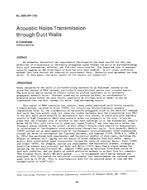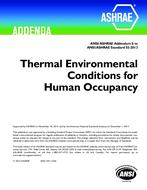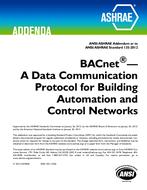Packaged HVAC equipment such as rooftop units (RTUs) often use economizers to supply fresh outdoor ventilation air and to exhaust stale building air. The fresh-air intake and the exhaust hoods are typically located very close to one another, often with the exhaust hood directly below the intake hood. In this arrangement, a portion of the exhaust air may be reentrained into the intake air under various operating conditions.
This project determined the extent of reentrainment of building exhaust for a variety of wind speeds and directions, RTU designs, and surrounding structures. Experimental data were collected on three packaged rooftop HVAC units at two installation locations. One installation had one 10 ton (35 kW) RTU and an 8 ft (2.44 m) high wall obstruction that could be located either in front of the exhaust/intake hoods or at one side of the unit at distances of 5 ft (1.52 m), 10 ft (3.05 m), or 15 ft (4.57 m). The second installation had two identical 15 ton (53 kW) RTUs located 16.8 ft (5.12 m) apart, and their reentrainments were measured for each unit independently as well as from one unit’s exhaust to the other’s intake. Sulfur hexafluoride (SF6) was used to spike the exhaust air discharges at a known rate, and monitoring equipment measured the amount of SF6 reentrainment in the air intakes at ten-minute intervals every hour. Data were collected for each different configuration over a period of approximately one month. Computational fluid dynamics modeling was performed on both the single unit and the twin units, and fairly good agreement with the data was achieved.
Units: Dual
Citation: ASHRAE Transactions, vol. 113, pt. 2
Product Details
- Published:
- 2007
- Number of Pages:
- 11
- File Size:
- 1 file , 13 MB
- Product Code(s):
- D-LB-07-040


